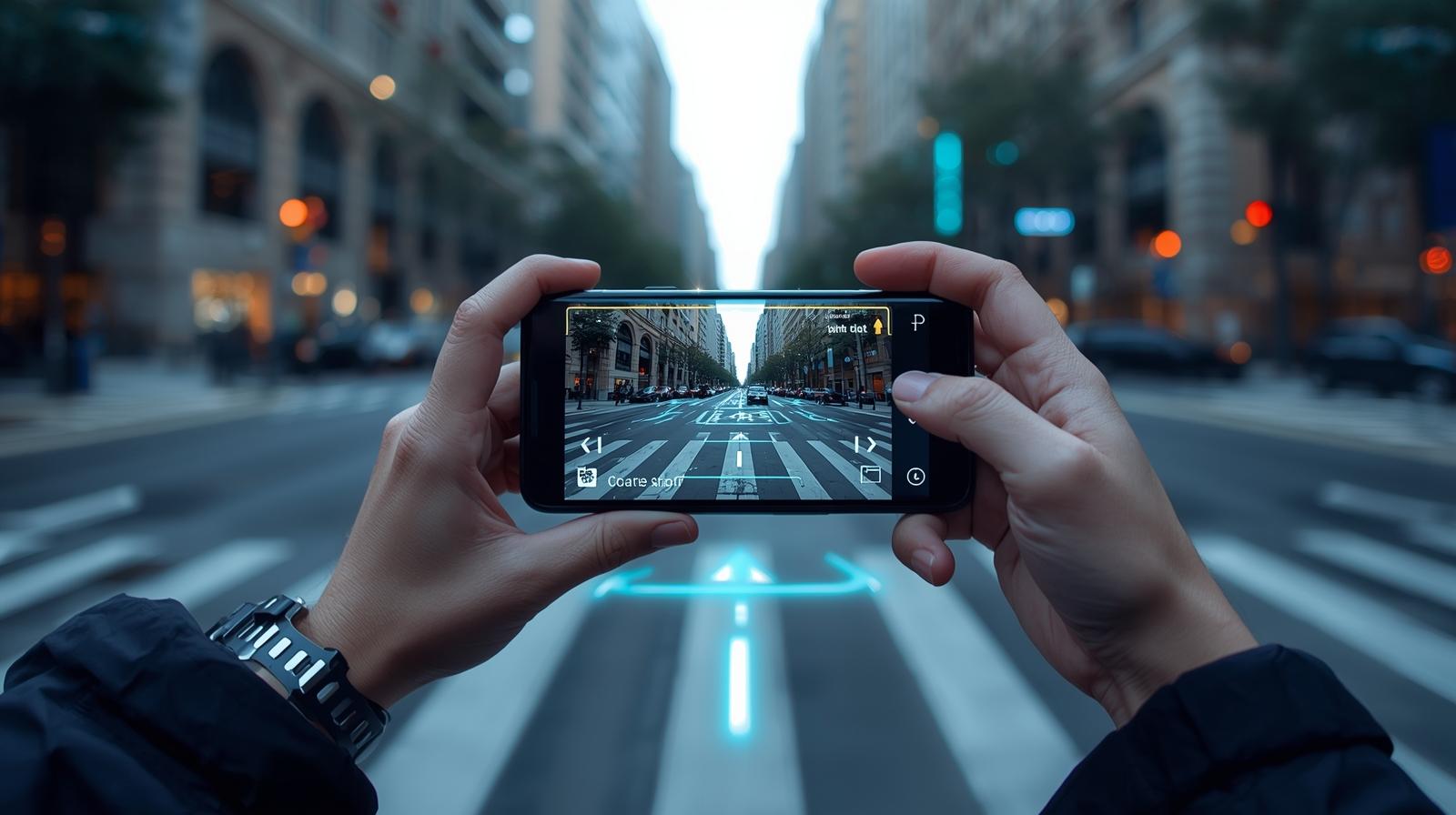The global push toward smart cities and intelligent transportation is driving unprecedented investment in augmented reality (AR) navigation technologies, signaling a transformative shift in the way people and goods move. Venture capital, corporate funding, and strategic partnerships are pouring into startups and established players alike, highlighting the growing confidence in AR’s potential to reshape navigation and mobility experiences.
AR Navigation: The Next Frontier in Mobility
AR navigation combines real-time location data with immersive digital overlays, guiding users through streets, buildings, and even complex indoor environments. Unlike traditional GPS systems, AR provides contextual visual cues—arrows on sidewalks, turn-by-turn directions on windshields, or interactive points of interest in shopping malls and airports. The technology is being integrated into smart vehicles, wearable devices, and mobile apps, making everyday navigation safer, faster, and more intuitive.
Download PDF Brochure @ https://www.marketsandmarkets.com/pdfdownloadNew.asp?id=150009689

Investment Momentum
According to recent market analyses, Augmented Reality Navigation Industry worth $6.33 billion by 2029 , fueled by both private venture funding and large tech players seeking strategic dominance. Key drivers include:
-
Urbanization and Smart City Initiatives: As cities adopt connected infrastructure, AR navigation becomes a critical component of intelligent mobility solutions.
-
Automotive Industry Adoption: Leading car manufacturers are embedding AR dashboards and windshield displays, turning vehicles into interactive navigation hubs.
-
Consumer Demand for Personalized Experiences: Travelers, shoppers, and daily commuters increasingly prefer AR-enhanced guidance over conventional maps, creating opportunities for app developers.
Startups Leading the Way
Innovative startups are emerging globally, introducing applications ranging from pedestrian navigation in dense urban areas to indoor wayfinding in large complexes. Companies offering AR navigation software as a service are attracting significant attention from venture capitalists, often securing multi-million-dollar funding rounds within months of product launches.
Challenges and Opportunities
While growth is strong, the industry faces challenges: ensuring accurate positioning in indoor and crowded environments, minimizing hardware costs, and addressing privacy concerns associated with location-based AR data. However, these challenges are also opportunities for startups and tech giants to innovate, pushing the technology toward greater reliability and adoption.
The Road Ahead
Analysts predict that as autonomous vehicles, AR wearables, and IoT infrastructure expand, AR navigation will evolve from a novelty to a standard feature in mobility ecosystems. Investors are betting that the convergence of augmented reality and smart mobility will create new revenue streams, enhance urban efficiency, and redefine transportation experiences worldwide.
In short, the AR navigation industry is no longer just a technological curiosity—it is a critical frontier in the future of smart mobility, attracting both capital and attention as cities and companies race to modernize the way we move.
FAQs: Investment in AR Navigation & Smart Mobility
1. What is AR navigation?
AR navigation uses augmented reality to overlay digital guidance onto real-world environments. It enhances traditional GPS navigation by providing interactive, real-time visual cues for drivers, pedestrians, and indoor travelers.
2. Why is investment in AR navigation increasing?
Investments are rising due to growing demand for smart mobility, adoption of AR in vehicles and wearables, and the expansion of smart cities. Venture capital and corporate funding are backing innovations in AR-based wayfinding and navigation solutions.
3. Which industries are adopting AR navigation?
Key adopters include:
-
Automotive (AR dashboards, windshield displays)
-
Logistics and delivery services
-
Retail and indoor navigation (malls, airports)
-
Smart cities for pedestrian and urban mobility
4. What are the main challenges facing AR navigation?
Challenges include:
-
Ensuring accurate positioning in crowded or indoor environments
-
Reducing hardware costs for consumer devices
-
Addressing privacy and data security concerns
5. How will AR navigation impact smart mobility?
AR navigation is expected to make transportation safer, more efficient, and more personalized. It can guide pedestrians and drivers in real time, streamline urban traffic, and integrate with autonomous vehicles for intelligent routing.
6. Who are the major players in AR navigation?
Major players include tech giants investing in AR platforms, automotive companies integrating AR displays, and startups developing AR navigation apps for both outdoor and indoor environments.
7. What’s the future outlook for AR navigation investments?
Analysts predict continued growth, with funding accelerating as AR becomes integral to smart cities, autonomous vehicles, and IoT-driven transportation networks.
